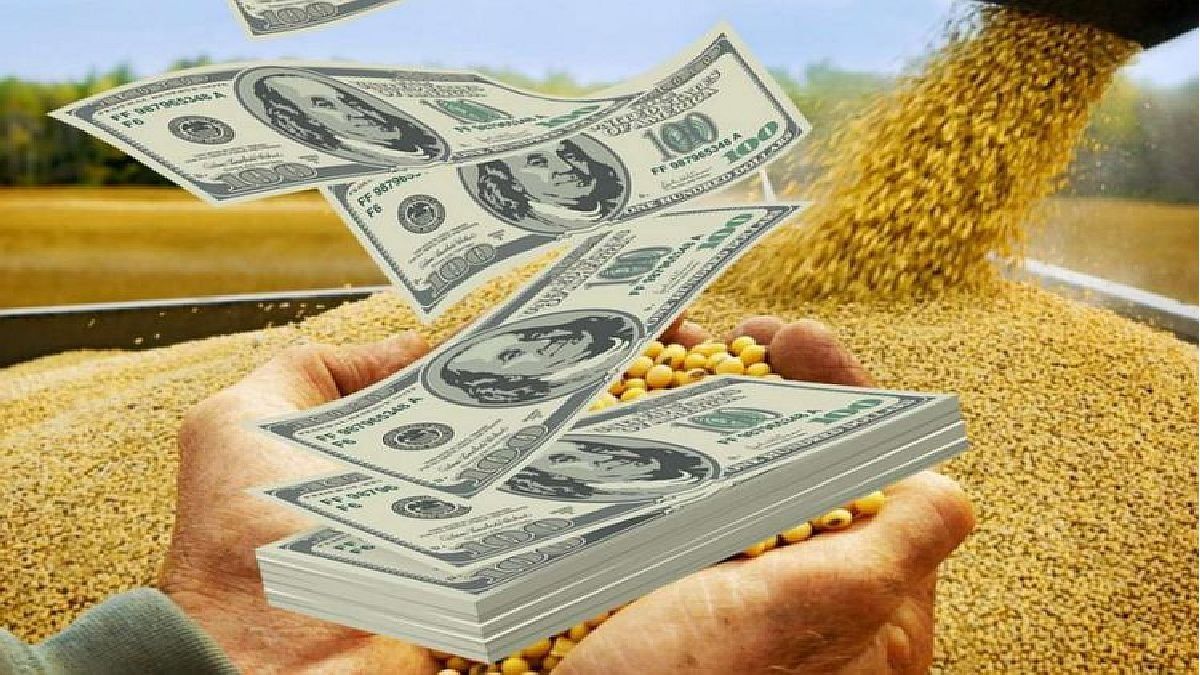When buying schnitzel or steaks, customers are increasingly paying attention to how the animals used to live. An official logo will soon help with this. Now there is a first model of what it could look like.
The planned state animal husbandry labeling for meat in supermarkets continues to take shape. The Federal Ministry of Agriculture envisages a black and white, rounded rectangle as a uniform logo, as can be seen from a draft law for further deliberations. The designation “animal husbandry” should appear within a black border. A smaller rectangle filled with black should then indicate the exact form of husbandry – with a total of five small rectangles for the categories from the legal standard to organic.
The mandatory labeling for domestic products is to start with fresh pork in a first step in 2023. In order to ensure uniform labeling and clear identification, the draft should also specify how it is to be attached: in the case of packaged meat from the refrigerated counter, directly on the packaging or on a label attached to it. In the “main field of vision” – i.e. where consumers are most likely to look at first glance when making a purchase. In the case of loose meat, signs should therefore indicate the form of husbandry.
System with five posture categories
Minister Cem Özdemir (Greens) presented the key points of the labeling in June. The draft bill of his department now develops it further. A system with five husbandry categories during fattening is planned. It begins with the “stable” type of housing with the minimum legal requirements. In the “Barn+Space” stage, pigs must have at least 20 percent more space, among other things, in the “Fresh Air Barn” stage, contact with the outside climate, for example through open barn sides. There are also plans for the stages “outdoor/outdoor” and “organic”. There should also be a QR code on the planned logo with which information about the types of husbandry can be accessed via smartphone.
The food industry wants to check the proposed logo first. Since the label in its current design is completely new and different from previously presented variants, it is still necessary to wait for an opinion to be formed, the food association explained on request.
The consumer organization Foodwatch criticized the basic approach to labeling. “A label that only provides information about the differences in attitude does not change anything about millions of diseases and the suffering of farm animals,” said strategy director Matthias Wolfschmidt of the German Press Agency. The husbandry label fools consumers into believing that they can alleviate the misery of livestock through purchasing decisions.
In the draft, the ministry explains that a nationally binding labeling requirement for fresh meat is “a good start for improved transparency with regard to the type of husbandry”. In the current legal situation, a large number of voluntary labels would not provide the private sector with clear orientation when purchasing . The market potential for products that were produced under particularly animal-friendly husbandry conditions could not be exhausted. Since 2019, the supermarket chains have been labeling themselves with the imprint “Hungry” which includes meat from pigs, poultry and cattle. It has four levels.
Source: Stern
Jane Stock is a technology author, who has written for 24 Hours World. She writes about the latest in technology news and trends, and is always on the lookout for new and innovative ways to improve his audience’s experience.




